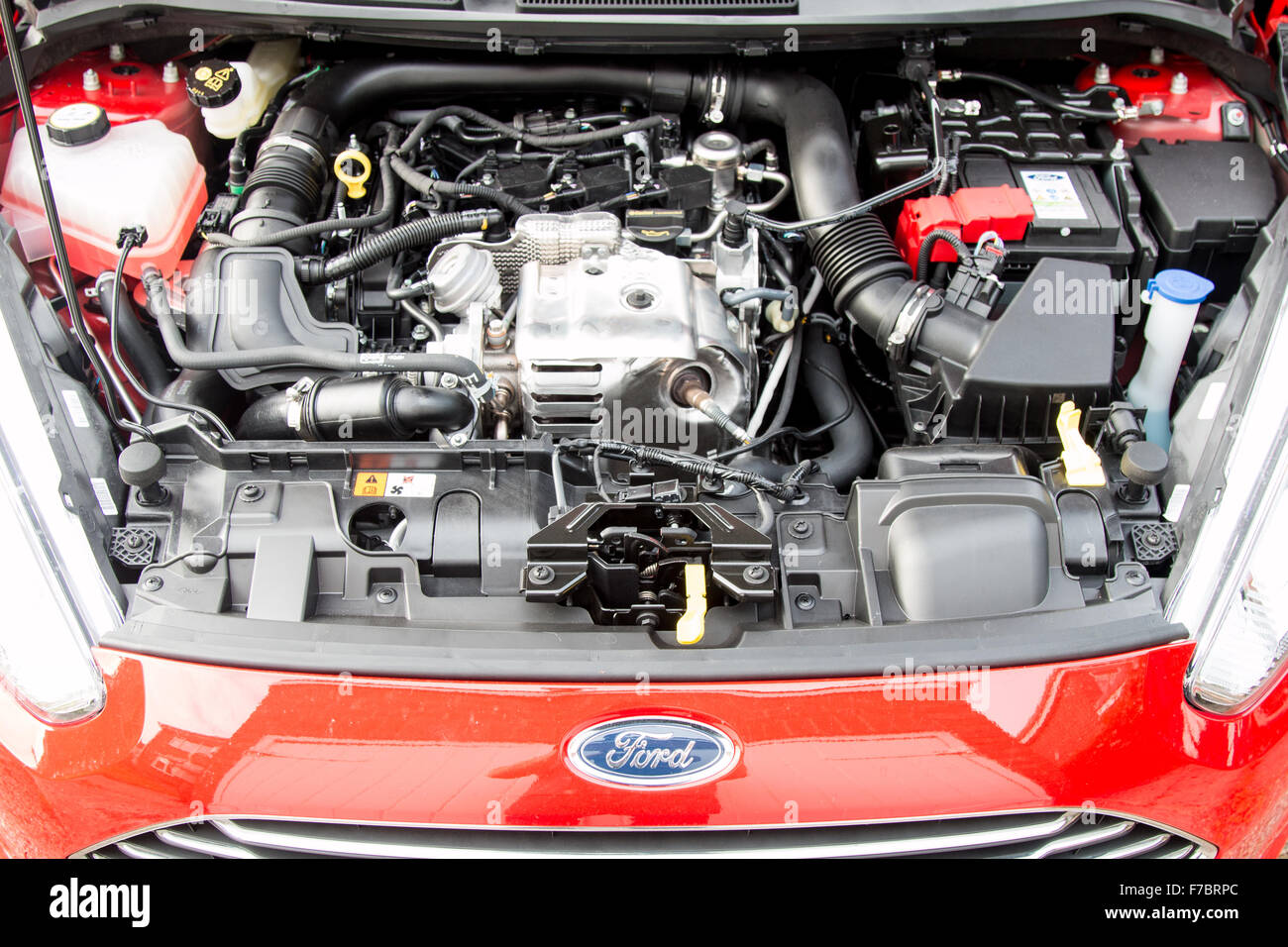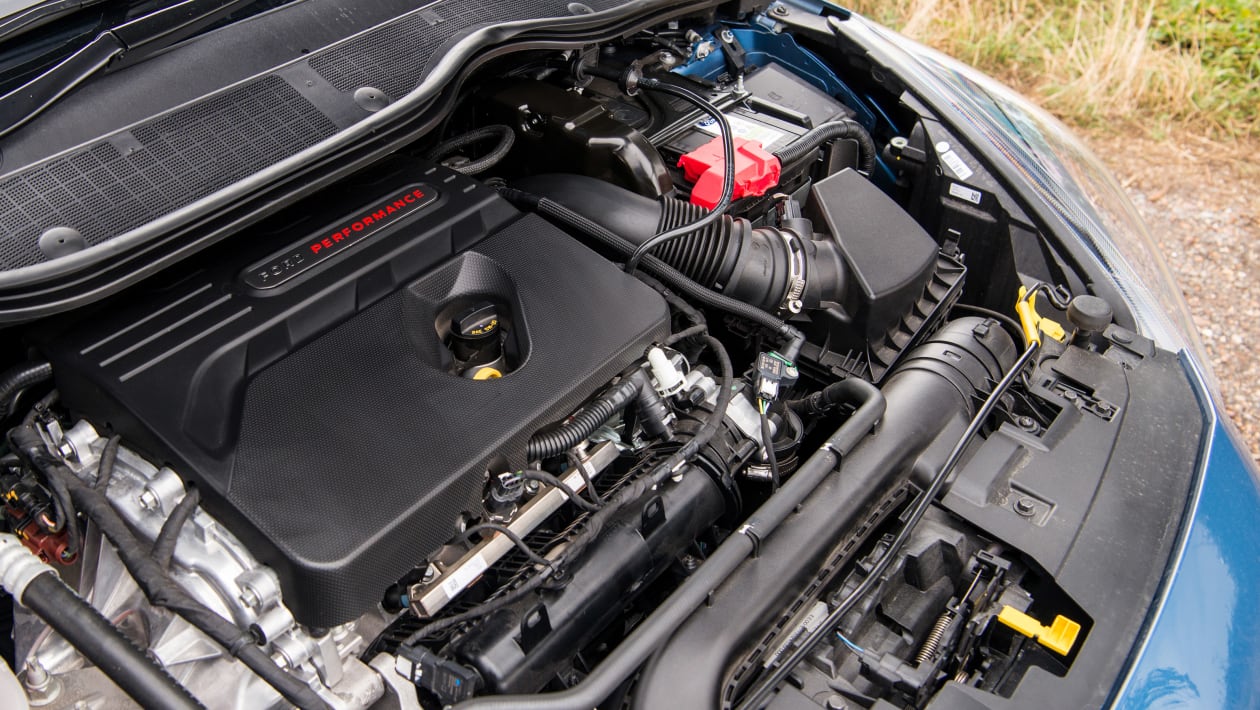The Role of a Quality Ford Fiesta Engine in Vehicle Performance
Opening the Power of Engines: A Comprehensive Overview to Performance and Performance
Recognizing the intricate mechanics of engines is critical for both performance enthusiasts and daily vehicle drivers. The answers might redefine our method to engine efficiency and performance in methods that are both informing and vital.
Understanding Engine Fundamentals
What constitutes the basic technicians of an engine? At its core, an engine is a device developed to convert fuel right into power through a series of controlled surges or burning processes. The primary parts consist of the cyndrical tube, piston, crankshaft, camshaft, and shutoffs. The cyndrical tube acts as the chamber where combustion occurs, while the piston relocates within the cyndrical tube to convert the energy from burning right into linear activity (ford fiesta engine).
The crankshaft after that changes this direct activity into rotational power, which ultimately powers the car. The camshaft controls the opening and closing of the valves, regulating the consumption of air and fuel and the expulsion of exhaust gases. Additionally, the engine depends on a carefully adjusted fuel-air blend, ignition system, and cooling down system to make certain ideal efficiency and effectiveness.
Recognizing engine fundamentals additionally includes identifying the relevance of engine cycles, such as the four-stroke cycle, that includes intake, compression, exhaust, and power strokes. Each phase is essential in making certain the engine functions efficiently and effectively. Mastery of these basic mechanics lays the foundation for discovering much more complicated engine characteristics and performance metrics, necessary for maximizing both power output and effectiveness.
Trick Performance Metrics
Secret efficiency metrics are crucial for assessing an engine's performance and power result, providing important understandings for both suppliers and customers. These metrics work as criteria for engine performance, enabling educated choices in design, manufacturing, and acquiring.
Among the main metrics is horse power, which evaluates the engine's ability to carry out work over time. Torque, measured in pound-feet, is one more crucial statistics that shows the engine's rotational pressure, straight impacting acceleration and hauling capability. Fuel efficiency, commonly gauged in miles per gallon (MPG) or litres per 100 kilometers (L/100km), examines exactly how efficiently the engine converts gas right into movement, affecting operational costs and ecological factors to consider.
In addition, thermal effectiveness steps how well an engine transforms gas energy into useful job, exposing insights right into energy losses mainly through warmth. Discharge levels, consisting of carbon dioxide and NOx, are likewise crucial, reflecting the engine's ecological impact and conformity with regulative standards.

Tuning Methods for Performance
Tuning strategies play a significant role in improving engine performance by maximizing performance metrics identified in earlier conversations (ford fiesta engine). Different techniques exist to tweak an engine, each adding to enhanced fuel economic climate and minimized discharges
One efficient method is changing the air-fuel ratio, ensuring the engine operates within the optimum burning routine. A leaner combination can boost gas efficiency, but it must be balanced to avoid misfires you can look here or engine knock. In addition, reprogramming the engine monitoring system can alter specifications such as ignition timing, which even more improves performance while keeping power output.
An additional important approach involves changing the consumption and exhaust systems. Upgrading to high-performance air filters and exhaust headers can reduce back stress, assisting in much better airflow. This permits the engine to breathe even more openly, resulting in enhanced burning effectiveness.
Furthermore, the execution of sophisticated tuning devices, like dyno testing, gives accurate information that allows targeted adjustments. Routinely monitoring these efficiency metrics guarantees that adjusting initiatives generate the wanted effectiveness outcomes. Jointly, these techniques not only strengthen engine performance yet also add to long-term sustainability in engine procedures.
Upkeep for Ideal Efficiency
Regular engine maintenance is essential for accomplishing optimum performance and long life. A well-maintained engine not just runs efficiently however also reduces the threat of costly repair work and failures. Key elements calling for normal attention include oil, filters, belts, and ignition system.
Changing the engine oil at suggested periods is critical, as oil lubricates moving components and protects against overheating. Replacing oil and air filters makes sure that impurities do not harm engine feature. Disregarding these components can result in decreased effectiveness and possible engine damages.
In addition, inspecting and replacing worn belts and hose pipes is important to stop abrupt failings. Timing belts, particularly, need to be changed according to the supplier's timetable to stay Our site clear of tragic engine damages.
Ignition system ought to likewise be checked and replaced as necessary, because they play a vital function in ignition and fuel efficiency.
Future Trends in Engine Technology
Accepting improvements in technology, the future of engine layout is poised to transform performance and efficiency throughout various applications. Hybrid and fully electrical powertrains are ending up being increasingly mainstream, offering lowered exhausts and improved fuel efficiency.
In addition, advancements in materials scientific research are causing lighter, stronger components that boost engine performance while lowering energy usage. Advanced manufacturing methods, such as 3D printing, permit the creation of complicated geometries that boost air flow and thermal monitoring, thus enhancing burning processes.
Additionally, the assimilation of artificial intelligence and maker learning is set to change engine diagnostics and performance tuning. These innovations can analyze substantial amounts of data in genuine time, allowing anticipating upkeep and customized performance enhancements.
Final Thought
To conclude, opening the power of engines requires a comprehensive understanding of their technicians and efficiency metrics. Executing efficient adjusting strategies and sticking to regular upkeep techniques significantly enhance engine abilities. As the vehicle landscape advances, embracing future patterns in modern technology, consisting of electrification and progressed production, will certainly be critical for optimizing performance and efficiency. our website This comprehensive approach not only advantages fanatics yet additionally adds to lasting remedies in the world of vehicle design.
Additionally, the engine counts on a meticulously adjusted fuel-air mix, ignition system, and cooling down system to make sure optimal efficiency and effectiveness.
Understanding engine essentials also entails acknowledging the significance of engine cycles, such as the four-stroke cycle, which consists of consumption, power, exhaust, and compression strokes. Mastery of these essential mechanics lays the foundation for exploring a lot more complex engine dynamics and efficiency metrics, vital for maximizing both power output and performance.

Accepting innovations in technology, the future of engine design is positioned to change efficiency and performance throughout different applications.